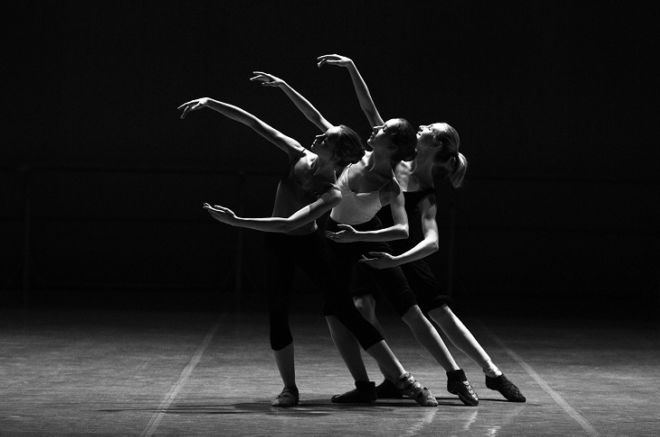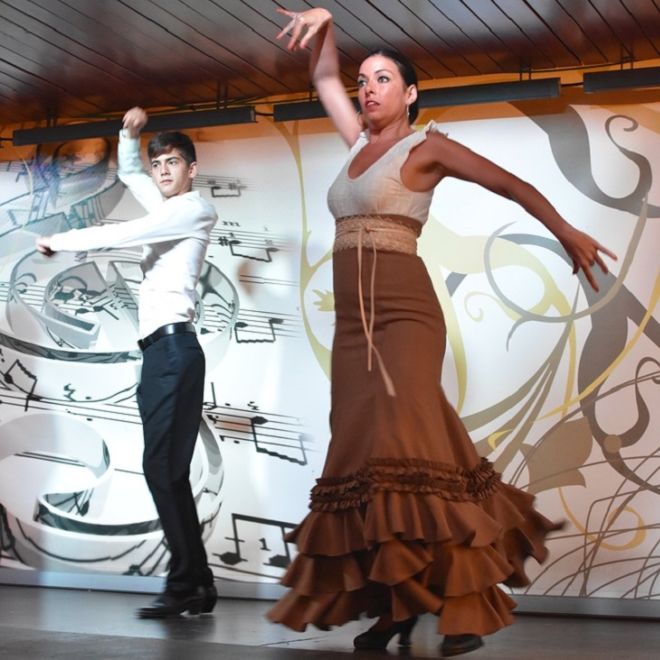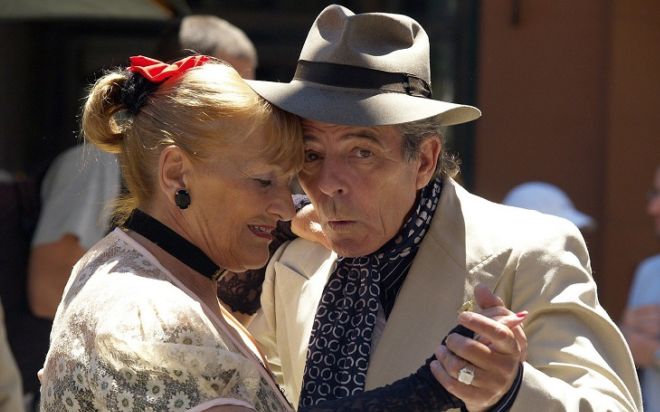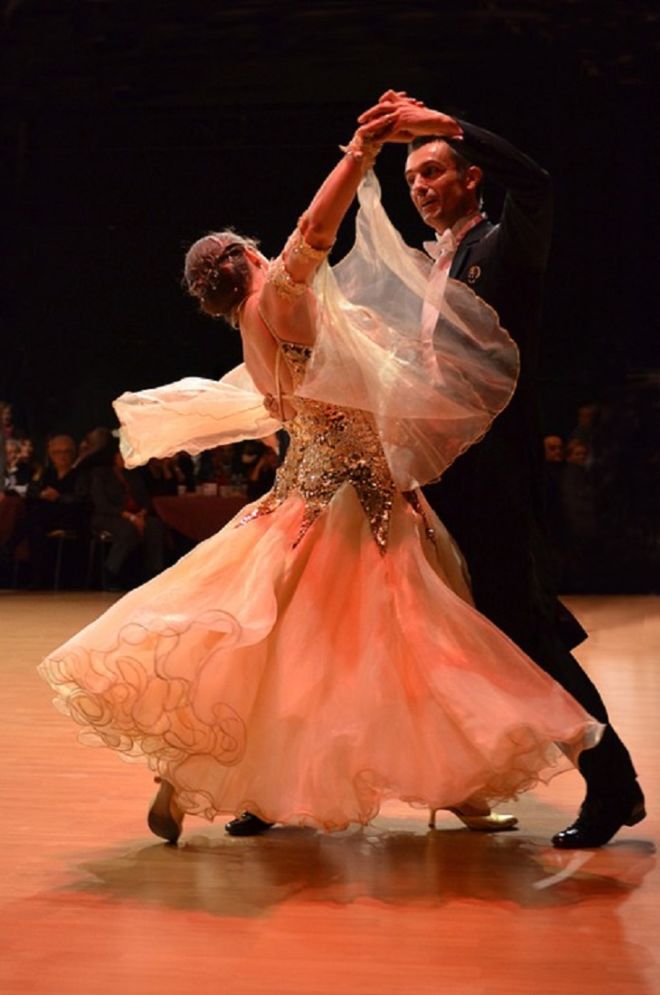While I’ve never been a dancer myself (two left feet, I’m afraid), I have always loved watching the performing arts. There is something so magical and satisfying about the art of dancing, watching everything click just right, with the music and the movement. That goes doubly so for each dance form.
From the Tango to tap-dancing, every type of dance out there has its own origin story, that tells us where these incredible synchronized moves come from. Without any further ado, here are the historical events that gave us some of the greatest forms of dance.
1. Ballet

The art form of Ballet was founded as far back as the 1500’s, in Italy. The name of this dance, in fact, is derived from the Italian word that means “to dance”. When the daughter of an Italian Duke married a French monarch in the mid 1500’s, the dance form spread through France like wildfire.
The dance was first performed wearing gorgeous but heavy costumes, restricting the movement to minor hops, steps, slides and curtsies. Over the next two centuries, the art form became more developed and elaborate, and made its way to Russia. It was from that point that the style became more feminine, fashionable and graceful, with performers wearing bell-like skirts (the pre-requisite to the tutu). It was finally in the 20th Century that Russia’s Ballet reached the United States where its popularity grew more.
2. The Flamenco

To know where this fiery hot whirl of passion came from, we need to go over to Andalusia, Spain, and wind the clock back to the 1400’s. This temperamental form of dance was first brought to Europe by gypsies who made their way to the shores of Iberia, Spain in the southwest corner of Europe. From there they traveled across continents, to Iran, India and even Egypt. However, they didn’t bring the dance with them.
As they moved they picked up the various dances of each culture and created an amalgamation of the steps. This art form went relatively unnoticed for a while, until the 1700’s, when Romanticism became a way of life in Europe. Europe then began to recognize the form of dance as an expression of identity and a unique culture, and was even seen in many plays and operas, like Carmen.
Over the next few centuries it grew in popularity, but what really tipped it over the edge was a Spanish Dictator, who in the mid 1900’s, made the Flamenco the national dance.
3. Swing

Believe it or not, the swing style of music only came after swing dance gained popularity. While swing music made its way up the popularity ladder in the mid-1930’s, swing dance began the climb in the 1920’s. This dance form was first discovered by an African American community in the 1920’s, who were just dancing to some jazz music.
To make it more fun, they made the dance and, consequently, the music faster. This led to the birth of “Swing Jazz” music, and Swing dance moves like the Peabody, the Charleston, and my person favorite, the Jitterbug. The Jitterbug is a particularly fun but tough one, consisting of 8-counts of vigorous leg movement and tapping. You must take a look at this video to know what real swing dancing once was, courtesy of Jerry Lewis!
4. The Tango

The Tango is an extremely intimate art form. This dance is one of only three dances in the world with a hold that has the man and woman facing each other, with his right arm around her waist and her right hand in his left. The other two were the Viennese Waltz and the Polka, both of which were popular in the 1830’s-1840’s. The Tango, however, was and is the ultimate form of couple-dancing.
The Tango is believed to have evolved from fashionable dances brought to Argentina by immigrants. The first written music published in Argentina that made reference to a dance that appeared to be the Tango, was entitled “Toma maté, ché” and was derived from a dance form we now recognize as the Andalusian Tango, a dance from the very same part of Spain that brought us the Flamenco.
It eventually made its way to the stages and theaters of Buenos Aires. While most forms of the Tango originated in Europe, there are some who believe that there are African forms of the dance as well.
5. The Waltz

This was one of the most influential and fashionable types of dance that was first seen in 13th Century Germany. Over the next five centuries, it would come to contribute greatly to the evolution of modern day ballroom dancing, world over. It began as a folk dance, filled with glides, rolls and turns, performed by German peasants.
It spread towards Austria and by the 16th Century, the Viennese Waltz was developed, adapted from various other forms of local dance. After gaining popularity in 18th Century France, it eventually grew into a free form style of dance called ‘allemande’, in which each dance was separated from the others.
As it gained more fame across Europe, the 3/4 timed Waltz became the go-to dance. By the mid-19th Century, it reached the United States, where it especially gained popularity during World War I. Over the next few years though, it became heavily overshadowed by other popular dance styles, like the Foxtrot.
6. Tap Dancing



